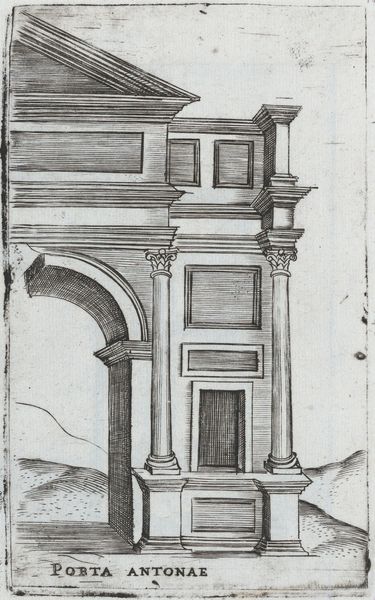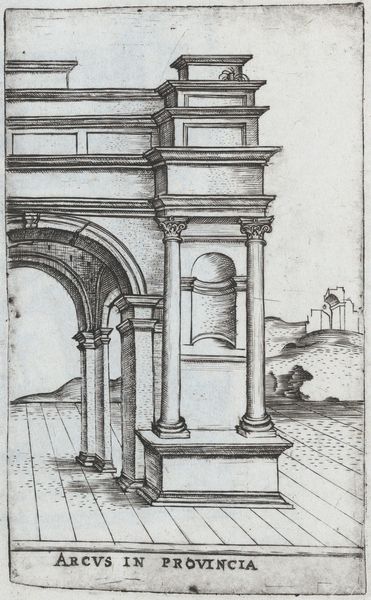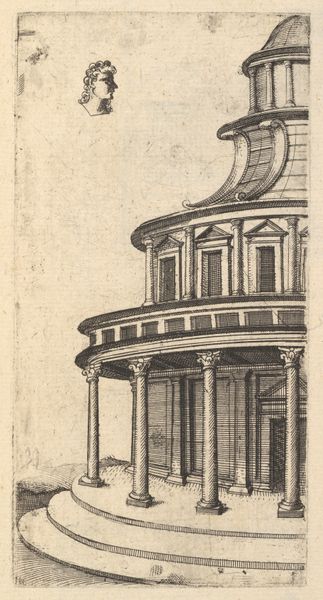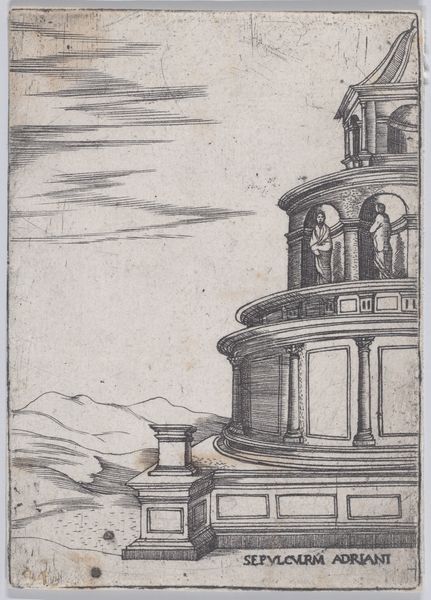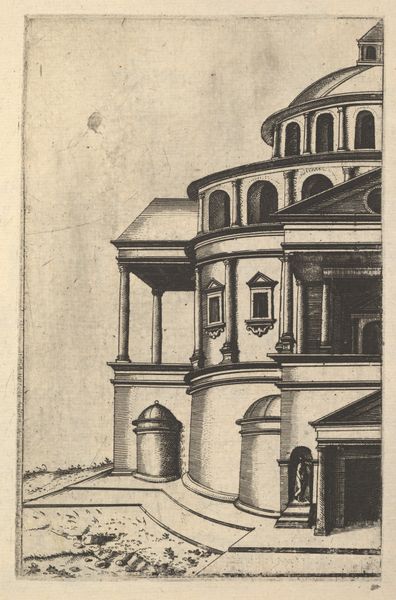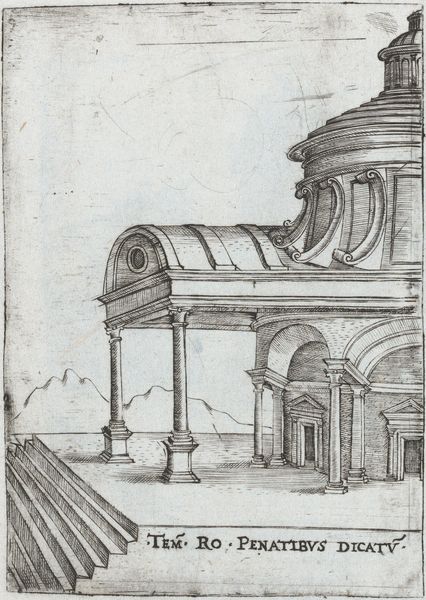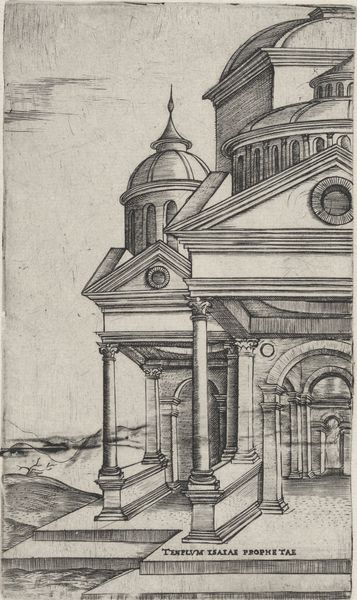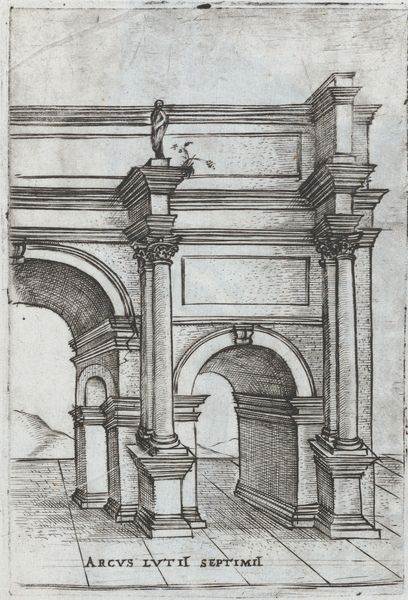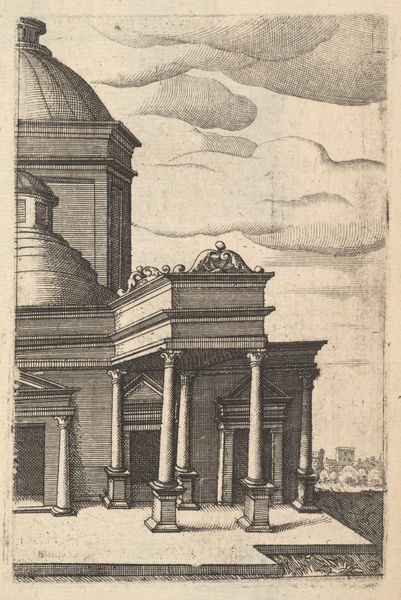![Palatium Se Lugduni [Later changed to Termae Antoniae Imp], from a Series of Prints depicting (reconstructed) Buildings from Roman Antiquity by Monogrammist G.A. & the Caltrop](/_next/image?url=https%3A%2F%2Fd2w8kbdekdi1gv.cloudfront.net%2FeyJidWNrZXQiOiAiYXJ0ZXJhLWltYWdlcy1idWNrZXQiLCAia2V5IjogImFydHdvcmtzL2Q0NjBkZmUxLWQ0NTEtNGE5OS04ZWY0LTZhYTNjZTA2MGFiOC9kNDYwZGZlMS1kNDUxLTRhOTktOGVmNC02YWEzY2UwNjBhYjhfZnVsbC5qcGciLCAiZWRpdHMiOiB7InJlc2l6ZSI6IHsid2lkdGgiOiAxOTIwLCAiaGVpZ2h0IjogMTkyMCwgImZpdCI6ICJpbnNpZGUifX19&w=3840&q=75)
Palatium Se Lugduni [Later changed to Termae Antoniae Imp], from a Series of Prints depicting (reconstructed) Buildings from Roman Antiquity 1530 - 1550
0:00
0:00
drawing, print, etching, architecture
#
drawing
# print
#
etching
#
etching
#
form
#
11_renaissance
#
classicism
#
line
#
history-painting
#
architecture
#
realism
Dimensions: Plate: 4 11/16 × 6 9/16 in. (11.9 × 16.7 cm) plate edges are not straight. The height of the plate varies from 11.2 to 11.95cm, the width varies from 11.65 to 11.7cm.
Copyright: Public Domain
This etching of the Palatium Se Lugduni, later called Termae Antoniae Imp, was made by Monogrammist G.A. & the Caltrop in the 16th century. The image was achieved through an intricate labor-intensive process. The artist would have coated a metal plate with wax, then carefully scratched away the wax to expose the design. The plate was then immersed in acid, which bit into the exposed metal, creating recessed lines that would hold ink. The material quality of the print directly influences its appearance, particularly the sharp, precise lines that define the architectural details. The process, with its reliance on acid and meticulous handwork, speaks to a pre-industrial mode of production. Each print pulled from the plate would have been a testament to the artist’s skill and time. Considering the materials, making process, and historical context helps us see this print not just as a reproduction, but also as an artifact that embodies the relationship between labor, skill, and the wider culture of the 16th century.
Comments
No comments
Be the first to comment and join the conversation on the ultimate creative platform.

